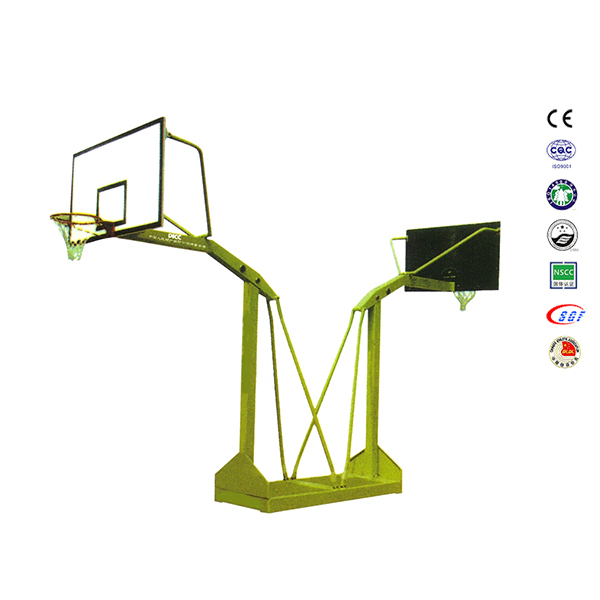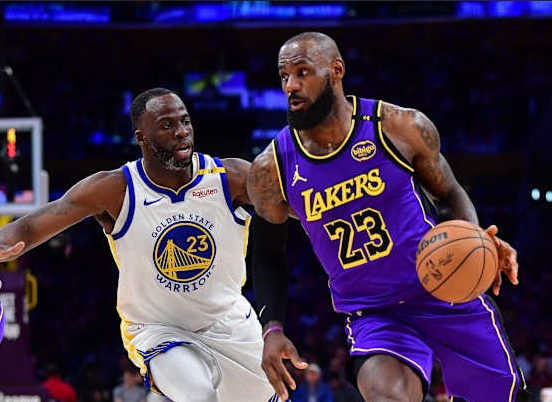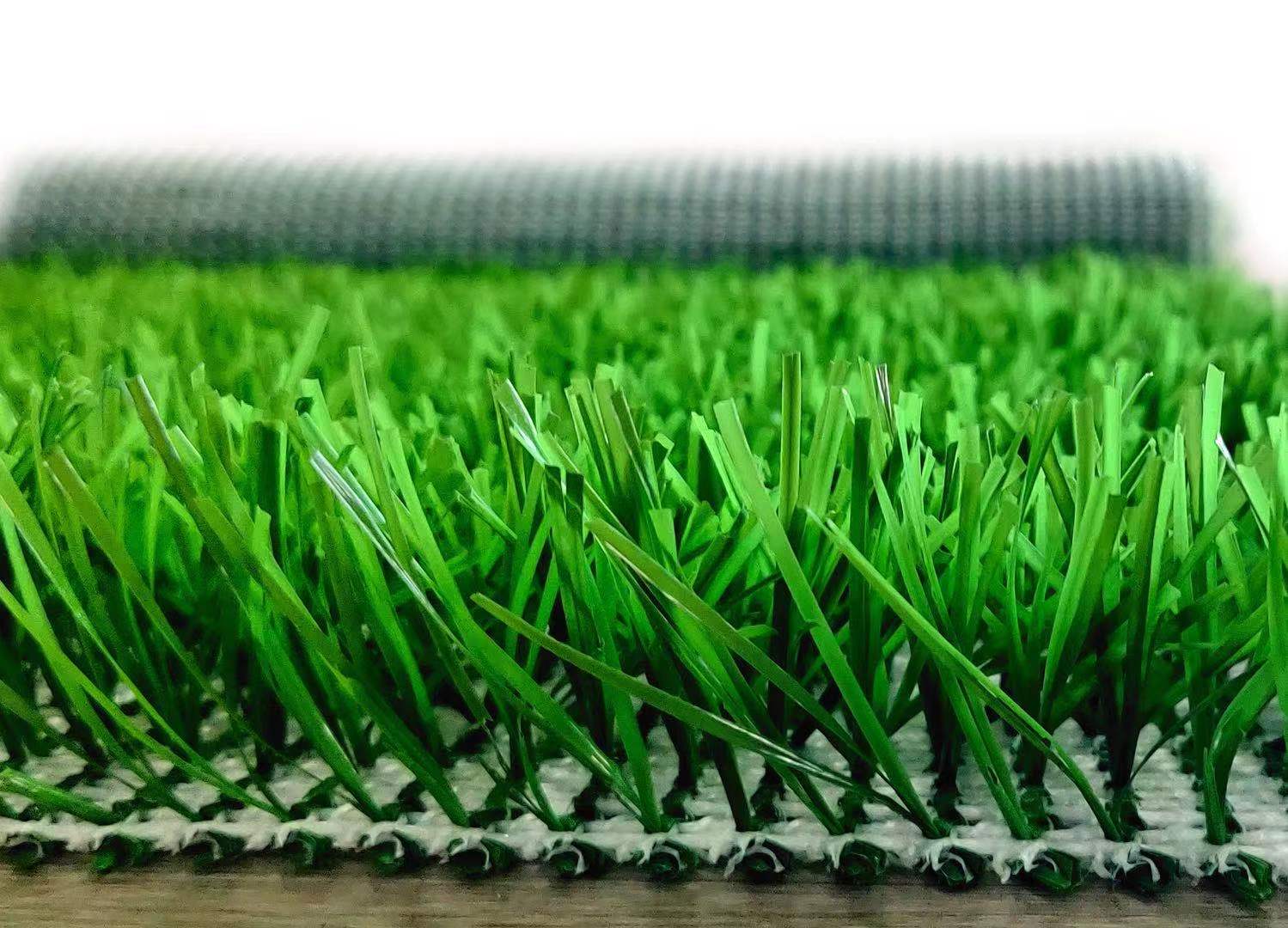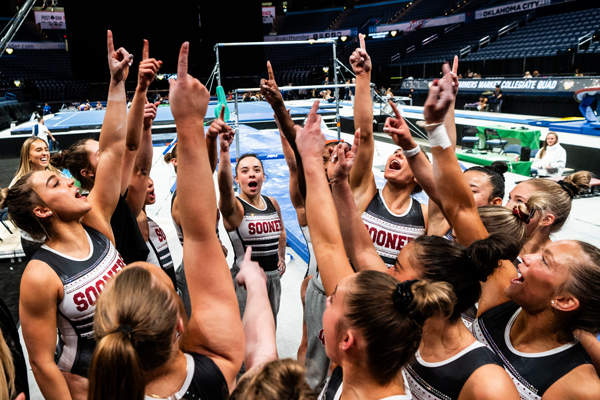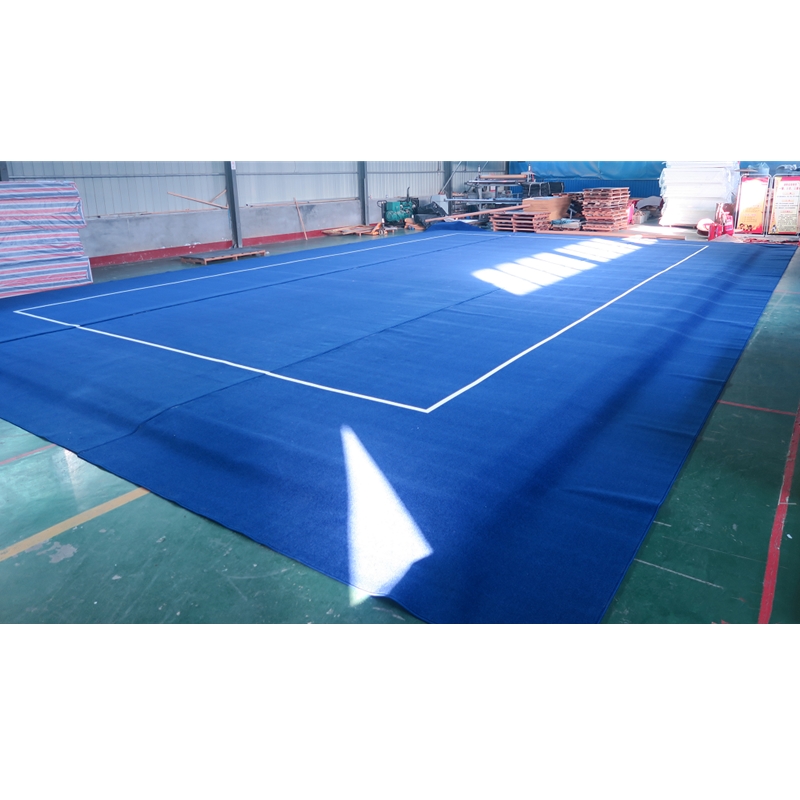Product
difference between fitness mat and yoga mat
Basic Info
Fitness Mats and yoga mats are both mats used in physical exercise, but they have some differences in materials, thickness, appearance, etc.
1. Material: Fitness mats and yoga mats have different selections of materials. Fitness mats usually use thicker foam materials, which can provide better cushioning. Yoga mats usually use natural rubber or vinyl acetate materials, which can provide better grip.
2. Thickness: Fitness mats are usually thicker than yoga mats because they need to provide better cushioning to reduce the load on joints during exercise. Yoga mats are usually thinner so that you can feel the ground better when practicing yoga postures.
3. Appearance: Fitness mats are usually larger than yoga mats and have some marking lines to help users maintain the correct body posture. Yoga mats are usually smaller and do not have so many markings and lines to maintain a simple appearance.
1. Material: Fitness mats and yoga mats have different selections of materials. Fitness mats usually use thicker foam materials, which can provide better cushioning. Yoga mats usually use natural rubber or vinyl acetate materials, which can provide better grip.
2. Thickness: Fitness mats are usually thicker than yoga mats because they need to provide better cushioning to reduce the load on joints during exercise. Yoga mats are usually thinner so that you can feel the ground better when practicing yoga postures.
3. Appearance: Fitness mats are usually larger than yoga mats and have some marking lines to help users maintain the correct body posture. Yoga mats are usually smaller and do not have so many markings and lines to maintain a simple appearance.
For Ga people, yoga mats are a necessity in their daily lives. The longer you practice yoga, the more you like to bring your own yoga mat. A yoga mat that suits oneself is also an expression of attitude towards yoga.
Choosing a yoga mat that suits oneself has become an essential task for yoga practitioners. How to choose a yoga mat that suits you? Brand? Thickness? Color? Let the editor help you organize your thoughts!
Yoga mats and fitness mats have significant differences in many aspects, so when choosing, it is important to pay attention to distinguishing and avoid making mistakes. Firstly, there is a significant difference in thickness between the two, as yoga mats are generally thinner than fitness Mats.
PVC: The material currently used in 80% of yoga mats on the market. PVC is polyvinyl chloride, a chemical raw material. Yoga mats made of PVC have average elasticity, are inexpensive, have moderate softness and hardness, and are more snug when laid on the ground. The perforated foam structure has poor dirt resistance and is not easy to clean. Its softness, resilience, and wear resistance are average and cannot be recycled.
TPE: The main characteristics are environmentally friendly materials, with good toughness, elasticity, anti slip effect, and average grip ability. It can generally be used for 1-3 years (about 1 year for a single layer, and about 3 years for a double layer with anti crack mesh).
Linen mat: Excellent anti slip performance, environmentally friendly, high durability, good resilience, sweat absorption, and strong breathability. The price is slightly higher, linen will have an odor.
Natural rubber: It has excellent anti slip and grip, and a relatively long service life, usually around ten years, which is relatively expensive.
LDK sports equipment manufacturer's promotion is in progress: Click to contact us now
Choosing a yoga mat that suits oneself has become an essential task for yoga practitioners. How to choose a yoga mat that suits you? Brand? Thickness? Color? Let the editor help you organize your thoughts!
Yoga Mats vs. Fitness Mats
"Fitness mat" is mainly used as an auxiliary for ordinary floor movements, mainly for cushioning work; A yoga mat is an auxiliary tool for professional yoga practice, emphasizing slip resistance and environmental friendliness. Little white people who have little knowledge of yoga or are just starting to practice it, and advanced yoga practitioners who practice a specific type of yoga, have slightly different focuses to consider when choosing yoga mats.
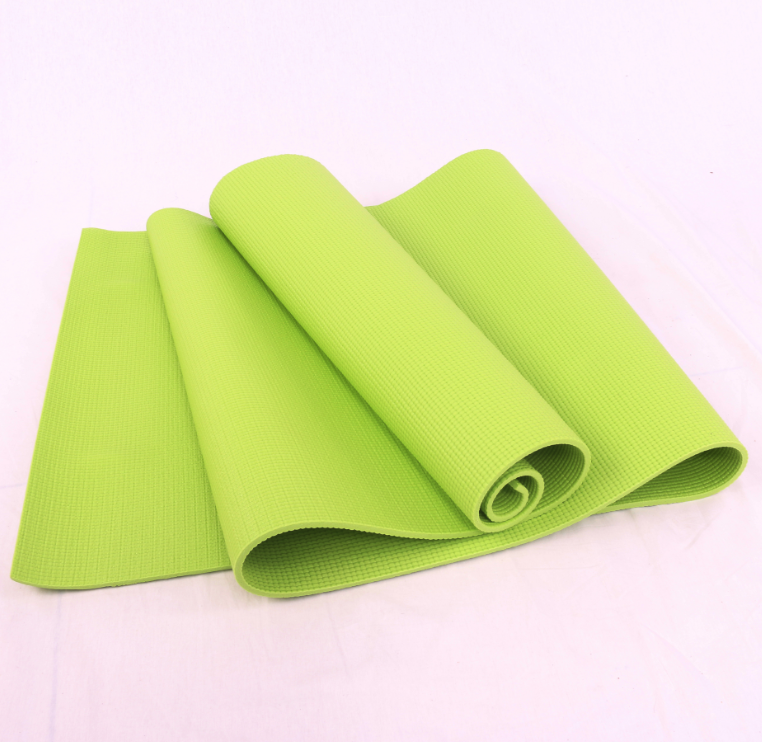
The difference between yoga mats and fitness mats
Thickness difference
Yoga mats on the market have thicknesses ranging from 1mm to 10mm. A thin yoga mat is beneficial for stable movements, but its protective properties are poor, making lying on it uncomfortable. Thick yoga mats provide good protection, but are not conducive to stability and strength.Yoga mats and fitness mats have significant differences in many aspects, so when choosing, it is important to pay attention to distinguishing and avoid making mistakes. Firstly, there is a significant difference in thickness between the two, as yoga mats are generally thinner than fitness Mats.
Yoga mats commonly have thicknesses of 2.5mm, 3mm, 4mm, 5mm, 6mm, 7mm, 8mm, and 10mm. The common thicknesses of fitness mats are 10mm, 12mm, 15mm, 20mm and above.
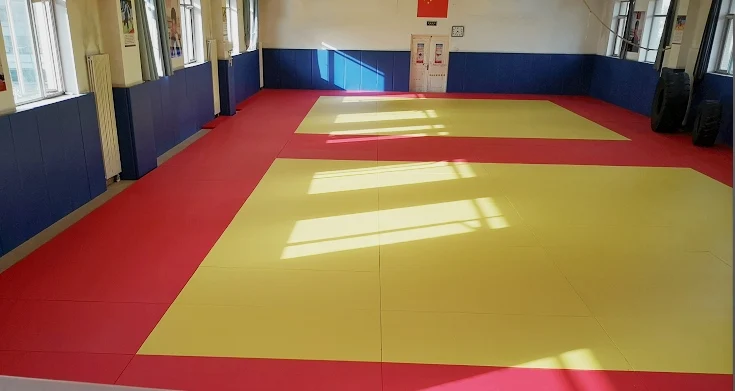
Functional differences
The main functions of yoga mats are anti slip, protection, and stability, as many yoga movements require balance. If they are too thick, it can lead to unstable standing. The function of fitness mats is to provide protection and cushioning, so they are usually thicker than yoga mats.Size difference
Secondly, yoga mats and fitness Mats also have different sizes. Yoga mats have strict standard size requirements, mainly including four types: international standard 610 x 1730, lengthening standard 610 x 1830, widening standard 800 x 1830, and double standard 1200 x 1830. But the size of the fitness mat is relatively flexible, without strict hard regulations. Generally, you can choose the one that suits you.
Is the cushion good or not? Use the material to speak
EVA: Relatively speaking, it is not gentle enough, has a strong odor, and is affordable. I won't go into too much detail here.PVC: The material currently used in 80% of yoga mats on the market. PVC is polyvinyl chloride, a chemical raw material. Yoga mats made of PVC have average elasticity, are inexpensive, have moderate softness and hardness, and are more snug when laid on the ground. The perforated foam structure has poor dirt resistance and is not easy to clean. Its softness, resilience, and wear resistance are average and cannot be recycled.
TPE: The main characteristics are environmentally friendly materials, with good toughness, elasticity, anti slip effect, and average grip ability. It can generally be used for 1-3 years (about 1 year for a single layer, and about 3 years for a double layer with anti crack mesh).
Linen mat: Excellent anti slip performance, environmentally friendly, high durability, good resilience, sweat absorption, and strong breathability. The price is slightly higher, linen will have an odor.
Natural rubber: It has excellent anti slip and grip, and a relatively long service life, usually around ten years, which is relatively expensive.
In summary, fitness mats and yoga mats differ in terms of material, thickness, and appearance, and users can choose the mat that suits them according to their needs. If you are a fitness athlete, you can choose a thicker fitness mat that provides better cushioning effect; If you are a yoga enthusiast, you can choose a thinner yoga mat that provides better grip.

More LDK Gymnastics Mat Products
LDK sports equipment manufacturer's promotion is in progress: Click to contact us now






